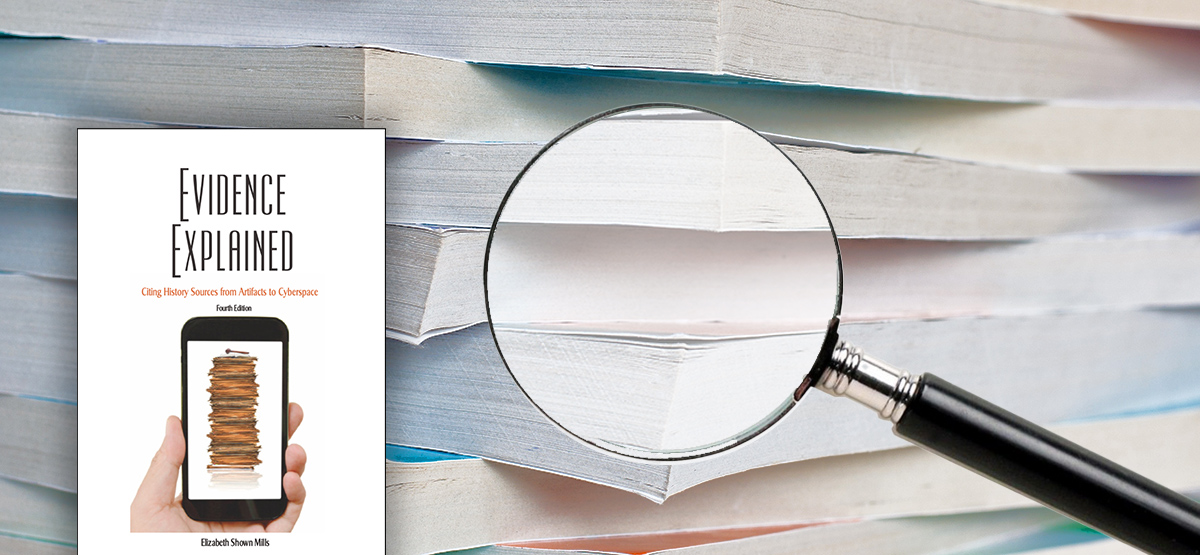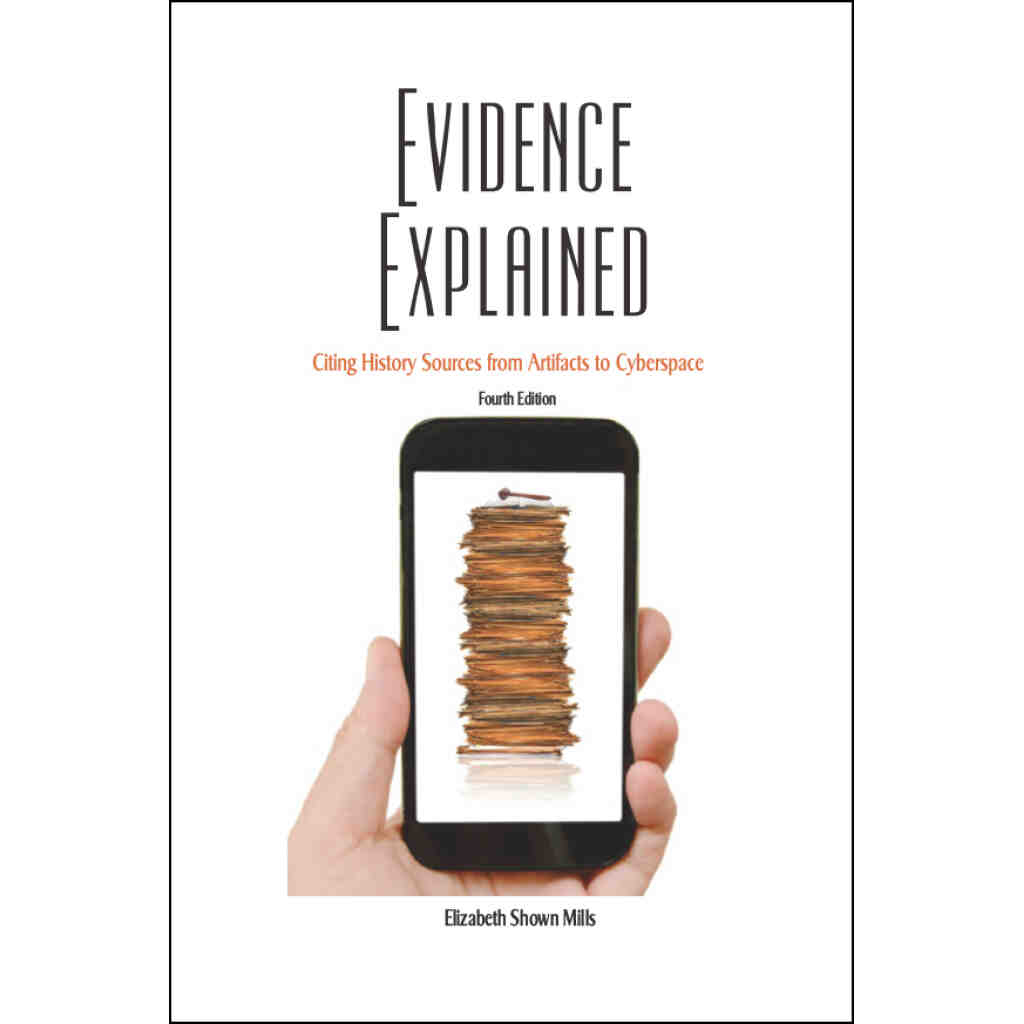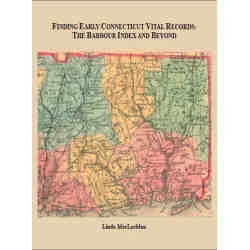
To celebrate the release of the new fourth edition of Evidence Explained: Citing History Sources from Artifacts to Cyberspace, author Elizabeth Shown Mills offers guidance drawn from the new edition. This is second in our four-part series. (View part 1)
Technology has complicated the process of citing our sources. With digital images delivered online or through other electronic media, we have two entities to cite: first, the original document and where it is housed; second, the digital provider from whom we obtained the images.
Citing only the provider is unwise. Websites come and go. URLs develop link rot. Documents disappear at even major websites, amid internal issues of content or publication rights. When we download a document, if our citation does not provide sufficient information about the original record and its archive, we (or users of our work) may not be able to relocate this record to verify the accuracy of what we assert.
On the other hand, citing a digital image to just the archive that holds the original, with no acknowledgment of the image provider, creates problems of its own. If we have not visited the archive and used the original firsthand, it is both risky and unethical to “borrow citations”—to cite an online image as though we used the original. The ethical issue is obvious. The risk occurs because image providers too-often misidentify their records in ways big or small. After all, the humans who guide the processes of digitization, organization, and cataloging are humans. They make mistakes just like we do.
It is also true that much of the online material we use has been processed in ways that alter the information we want to trust. Documents are often abstracted, transcribed, extracted, or indexed. Whether this processing is done by humans or machine-reading bots, errors occur. Our safeguard in the information-recording process is precision—carefully noting exactly what we use and the origin of each piece of information.
Therefore, our citations to most online materials need three layers, with each layer serving a specific function:
- record identification—the record that is imaged;
- provider identification—the website and its database that provided the image; and
- location information for the original, as reported by the provider.
The concept of layered citations has always existed, although it has not been labeled as such. Traditionally, layers have been used in citations to
- manuscripts with complex archival descriptions that require identification of the document, the file, the collection, the series, the record group, etc. Each of these archival levels represents a layer.
- published works that string several sources into the same sentence. Each source represents a layer.
For clarity in both situations, convention dictates that the details describing one layer be separated from the next layer with a semicolon. That piece of punctuation also separates layers within citations to online material.
Do all citations require layers? No. In our next posting, we will guide you through the differences.





